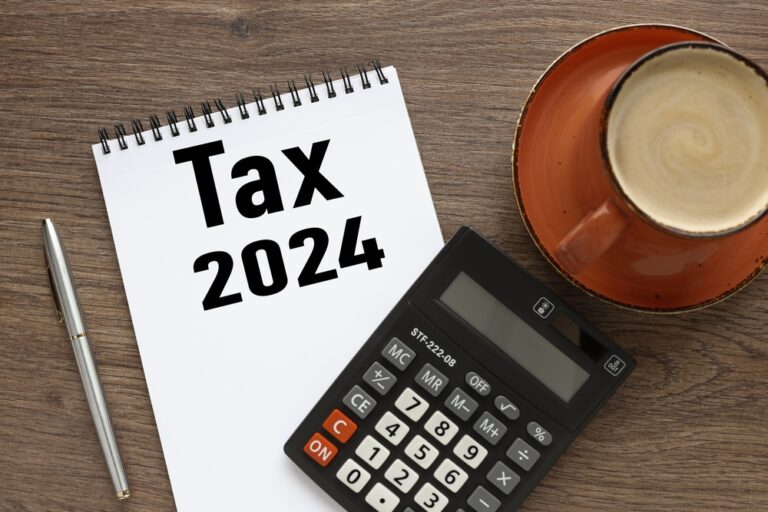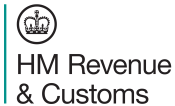The section 455 tax charge is a specific tax charge levied on a close company where a loan to a ‘participator’ (normally a shareholder) is not cleared by the corporation tax due date falling nine months and one day after the end of the accounting period.
The charge only applies where a company is a close company. This is defined as a company which is under the control of five or fewer participators or any number of participators if those participators are directors.
A company is also close if more than half of the company’s assets would be distributed to five or fewer participators, or to participators who are directors.
Likewise, the charge only applies where the loan is made to a participator, who may or may not be a director. A participator is a person who has a share or interest in the capital or income of the company.
Nature Of The Charge
In the main, the charge applies to a close company where a director’s loan account is overdrawn at the year end and the balance remains outstanding nine months and one day after the end of the accounting period. The account may be overdrawn because a loan has been made to a director or because payments have been made by the company on the director’s behalf.
The charge is payable with the corporation tax for the period, but crucially it is not corporation tax. It is levied at the same rate as the upper dividend tax rate at the time the loan was paid (rather than at the time the tax is due if this is different). The rate is 33.75% for loans made on or after 6 April 2022. The tax charge aims to provide HMRC with the same amount of revenue that they would have received if the director had been paid a dividend equal to the overdrawn balance and paid tax on that dividend at the dividend upper rate. A unique feature of section 455 tax is that it is a temporary tax, which is repaid if the loan is cleared. The repayment can be claimed nine months and one day after the end of the accounting period in which the loan is repaid or otherwise cleared to be written off.
If a loan is outstanding at the end of the accounting period but is cleared by the corporation tax due date, no section 455 tax is payable. However, the company must tell HMRC about the loan on their company tax return for the period.
Loans In The Ordinary Course Of Business
The section 455 tax charge does not apply to a loan made in the ordinary course of a business carried on by a company if the business of the company includes lending money.
HMRC only regards a company as being in the business of lending money if it exhibits the characteristics of a commercial money lender.
Making a loan on commercial terms is not enough to take the loan outside the section 455 charge – the exemption only applies if the close company is in the business of lending money.
Supplies Of Goods And Services
The section 455 charge does not apply to a debt that relates to a supply of goods and services by the company in the ordinary course of its trade or business unless the credit period exceeds six months or is longer than that normally given to the company’s customers.
Unpaid Share Capital
Although a shareholder who has unpaid share capital owes money to the company, this debt is not regarded as a ‘loan’ for the purposes of the section 455 tax charge.
Certain Small Loans
The tax legislation also provides a conditional exemption for certain small loans. The exemption applies to a loan or advance which is made to:
- A director of a close company;
- An employee of a close company;
- A director of an associated company of a close company; or
- An employee of an associated company of a close company,
- Provided that certain conditions are met.
The first condition is that the amount of the loan does not exceed £15,000 and also that the total amount is not more than £15,000 when the loan is added together with other outstanding loans and advances that were made to the borrower by the close company or any of its associated companies. In deciding if the value of the outstanding loans is less than £15,000, loans to a spouse or civil partner are not taken into account. For the purposes of this test, each spouse or civil partner has their own £15,000 limit.
The second condition is that the borrower works full-time for the close company or any of its associates. HMRC regard the borrower as working full-time for the company if they work for at least three-quarters of the normal working hours of the close company.
The third condition is that the borrower does not have a material interest in the company or any of its associated companies. In the event that the borrower acquires a material interest at a time when the whole or part of any loan is outstanding, the company is treated as making a loan to the borrower of the amount of the loan as is outstanding at the time that the person acquires a material interest.
A person has a ‘material interest’ in the company if one of the following conditions is met:
The person (with or without one or more associates) or any associate (with or without one or more associates) is the beneficial owner or directly or indirectly is able to control more than 5% of the ordinary share capital of the company.
In the case of a close company, a person (alone or with one or more associates) or any associate of that person (alone or with one or more associates) possesses or is entitled to acquire such rights as would in the event of winding up of the company, or in any other circumstance, give entitlement to receive more than 5% of the assets, which would then be available for distribution among participators.
Where the director is a full-time working director without a material interest, the effect of cumulative small loans should not be overlooked. While each loan may be less than £15,000, if the loans in total exceed £15,000, the loan that breaches the threshold and any subsequent loans may be within the section 455 charge. This is illustrated by the following example.






